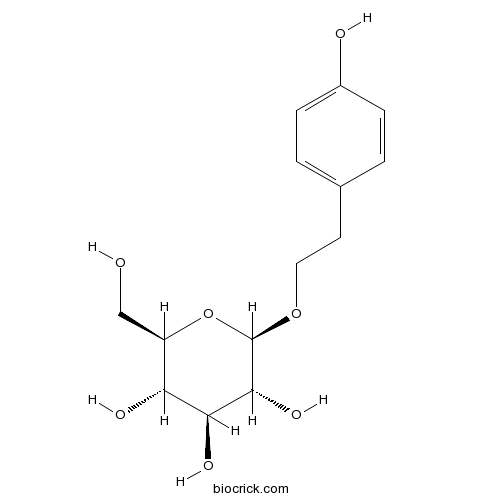Loropetalum chinense
Loropetalum chinense
1. The products in our compound library are selected from thousands of unique natural products; 2. It has the characteristics of diverse structure, diverse sources and wide coverage of activities; 3. Provide information on the activity of products from major journals, patents and research reports around the world, providing theoretical direction and research basis for further research and screening; 4. Free combination according to the type, source, target and disease of natural product; 5. The compound powder is placed in a covered tube and then discharged into a 10 x 10 cryostat; 6. Transport in ice pack or dry ice pack. Please store it at -20 °C as soon as possible after receiving the product, and use it as soon as possible after opening.
Natural products/compounds from Loropetalum chinense
- Cat.No. Product Name CAS Number COA
-
BCN5966
Salidroside10338-51-9
Instructions

A comparative study on genetic effects of artificial and natural habitat fragmentation on Loropetalum chinense (Hamamelidaceae) in Southeast China.[Pubmed: 25515015]
Elucidating the demographic and landscape features that determine the genetic effects of habitat fragmentation has become fundamental to research in conservation and evolutionary biology. Land-bridge islands provide ideal study areas for investigating the genetic effects of habitat fragmentation at different temporal and spatial scales. In this context, we compared patterns of nuclear microsatellite variation between insular populations of a shrub of evergreen broad-leaved forest, Loropetalum chinense, from the artificially created Thousand-Island Lake (TIL) and the Holocene-dated Zhoushan Archipelago of Southeast China. Populations from the TIL region harboured higher levels of genetic diversity than those from the Zhoushan Archipelago, but these differences were not significant. There was no correlation between genetic diversity and most island features, excepting a negative effect of mainland-island distance on allelic richness and expected heterozygosity in the Zhoushan Archipelago. In general, levels of gene flow among island populations were moderate to high, and tests of alternative models of population history strongly favoured a gene flow-drift model over a pure drift model in each region. In sum, our results showed no obvious genetic effects of habitat fragmentation due to recent (artificial) or past (natural) island formation. Rather, they highlight the importance of gene flow (most likely via seed) in maintaining genetic variation and preventing inter-population differentiation in the face of habitat 'insularization' at different temporal and spatial scales.
Isolation of new flavan-3-ol and lignan glucoside from Loropetalum chinense and their antimicrobial activities.[Pubmed: 23954178]
Phytochemical and antimicrobial activity study on the ethanol extract of the leaves and stems of Loropetalum chinense led to the isolation of a new flavan-3-ol compounds, 8-[1-(3,4-dihydroxyphenyl)-3-methoxy-3-oxopropyl]-catechin (loropetaliside A) (1) and a new lignan glucoside, 1-(5-hydroxy-3-methoxyphenyl)-2-(2-β-glucopyranosyl-4-hydroxy-5-(1-(E)propen-3-ol)-phenyl)-propane-3-ol (loropetaliside B) (3) and several known compounds manglieside D (2), quercetin (4), kaempferol-3-O-D-glucopyranoside (5), quercetin-3-O-β-L-rhamnoside (6) and tiliroside (7). Their structures were elucidated on the basis of extensive spectroscopic analysis.
[Analysis of fatty acids in leaves of Loropetalum chinense and L. chinense var. rubrum by GC-MS].[Pubmed: 22372144]
To extract and analyze fatty acids in leaves of L. chinense Oliver and L. chinense var. rubrum Yieh.


